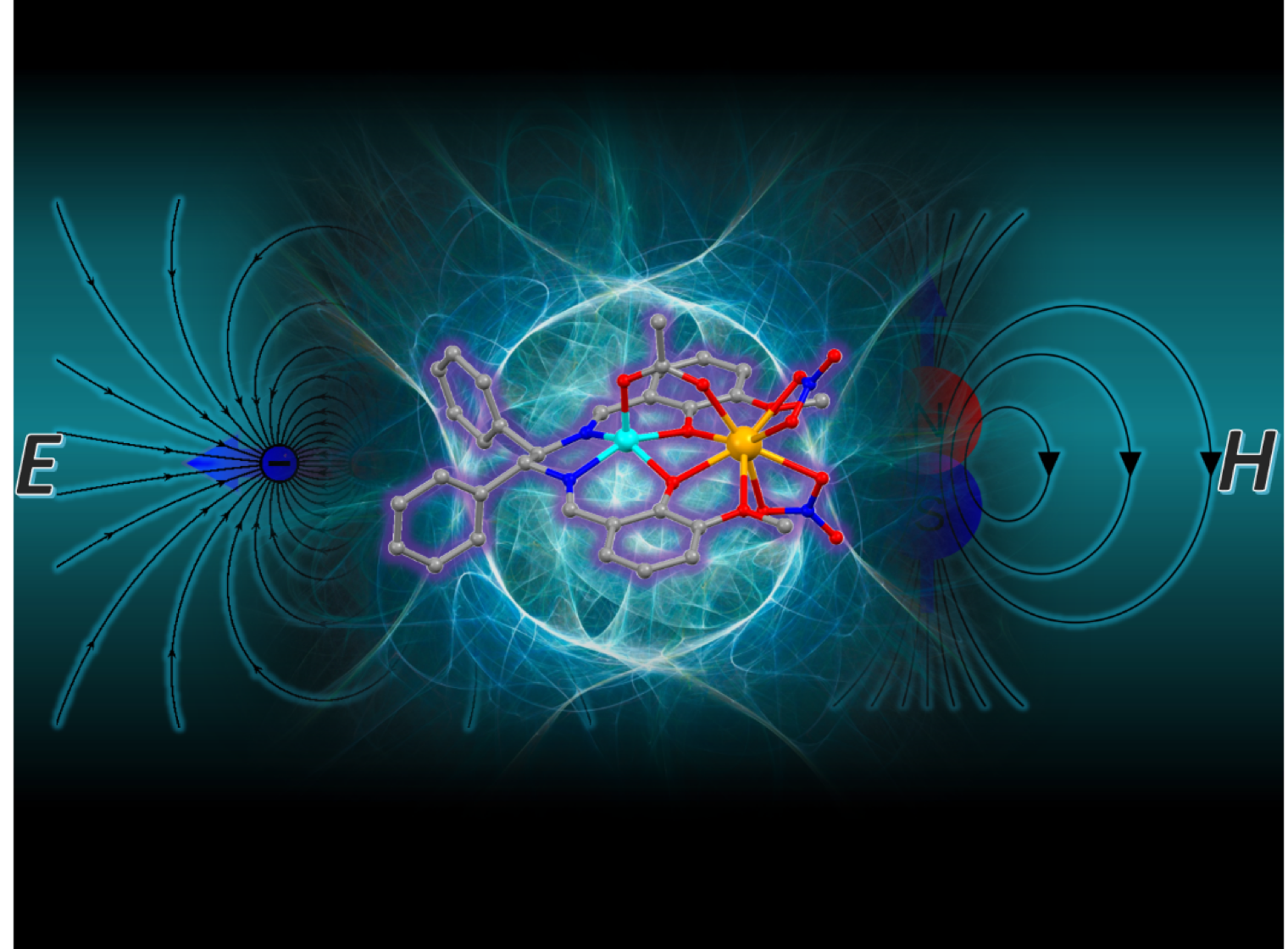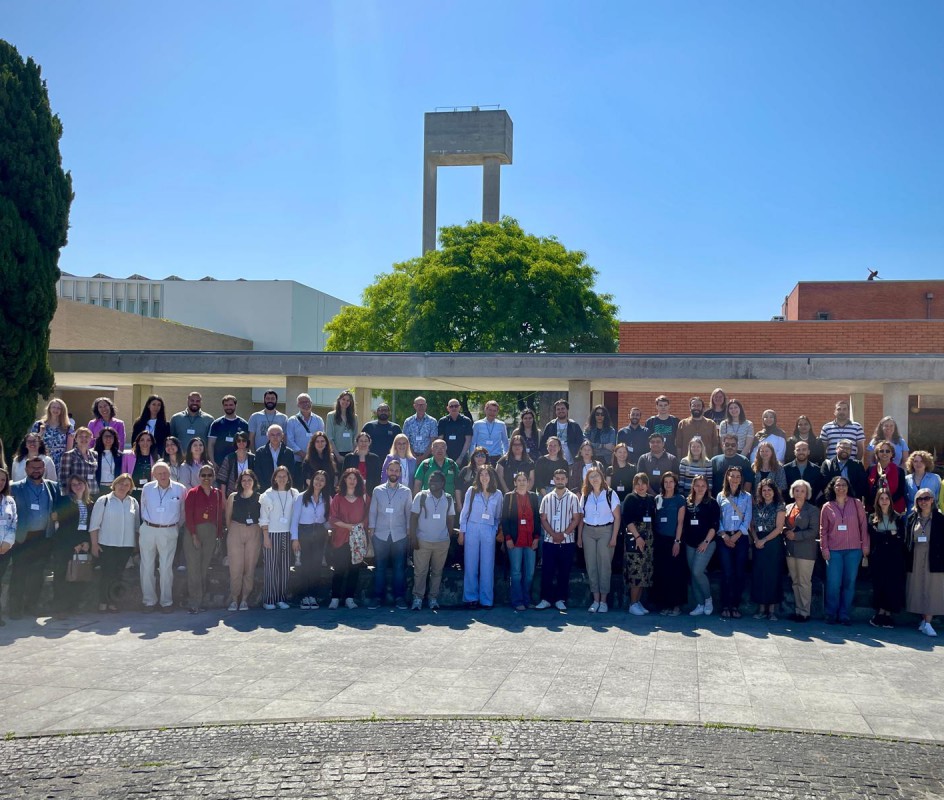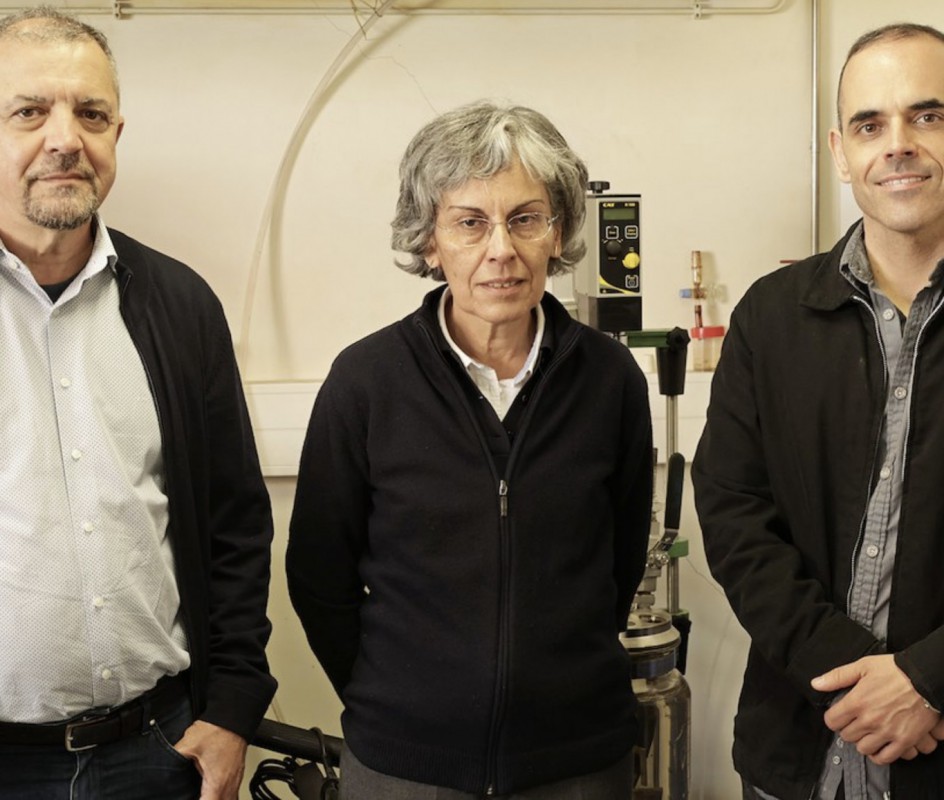
For the first time, a combined action of electrical and magnetic properties was observed in the same material at room temperature. The discovery, in which two researchers from the Department of Physics of the University of Aveiro (UA) and CICECO-Aveiro Institute of Materials participate, is reported in an article published in Science.
With this advance, new developments for molecular electronics in data storage, in low consumption electronic devices and in spintronics are expected. Spintronics is the field of engineering that manipulates the movement and spins of electrons in the atom and which has allowed, for example, to increase the reading and writing speed of the current hard disks tremendously - a technology that received the 2007 Nobel Prize in Physics.
The researchers and professors, Luís Carlos and Rute Ferreira, with researchers from University of Montpellier/CNRS and University of Coimbra, collaborated in the development of a light-emitting molecular material that presents a strong combined action between magnetic and electrical properties at room temperature; a magnetoelectric coupling in a molecular ferroelectric ytterbium(III) complex, which can be seen in the article published in the February 7th, 2020 issue of the prestigious Science journal.
Advances in molecular electronics are expected
Magnetoelectrical materials combine magnetic and electrical properties. The possibility of inducing synergies between these properties, allowing, for example, to control one through the other, gives these multifunctional materials potential applications in the storage of high density information, in low consumption electronic devices, and in spintronics. However, researchers explain, “such applications require a strong interaction between the two properties, which rarely occurs at room temperature in materials based on known inorganic oxides”. Consequently, they also state that “the development of materials with a strong magnetoelectric coupling represents an enormous challenge, both at a fundamental and technological level”.
This coupling, observed for the first time in a molecular material (whose structure is constituted by the association of individual molecules) with the ambient temperature, allows to alter the electric polarization through the application of a magnetic field, opening the possibility of molecular materials replacing traditional inorganic magnetoelectrics (oxides or fluorides). From here, an important advance in molecular electronics is expected, through the development of new multifunctional, transparent, cheaper and more sustainable systems than those used in traditional inorganic electronics, not least because the study of magnetism/electricity coupling in molecular materials is an entirely unexplored field. The discovery also reinforces the promise of manufacturing flexible devices for molecular electronics.
Article reference
 Room temperature magnetoelectric coupling in a molecular ferroelectric ytterbium(III) complex
Room temperature magnetoelectric coupling in a molecular ferroelectric ytterbium(III) complex
Jérôme Long, Maxim S. Ivanov, Vladimir A. Khomchenko, Ekaterina Mamontova, Jean-Marc Thibaud, Jérôme Rouquette, Mickaël Beaudhuin, Dominique Granier, Rute A. S. Ferreira, Luis D. Carlos, Bruno Donnadieu, Marta S. C. Henriques, José António Paixão, Yannick Guari, Joulia Larionova
Science 367, 671−676 (2020)
DOI: 10.1126/science.aaz2795
https://science.sciencemag.org/content/367/6478/671
Related Articles
We use cookies for marketing activities and to offer you a better experience. By clicking “Accept Cookies” you agree with our cookie policy. Read about how we use cookies by clicking "Privacy and Cookie Policy".












